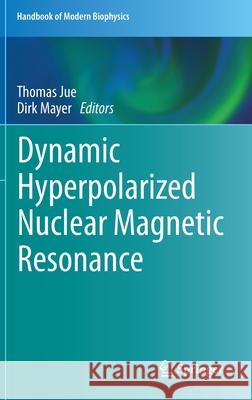Dynamic Hyperpolarized Nuclear Magnetic Resonance » książka
topmenu
Dynamic Hyperpolarized Nuclear Magnetic Resonance
ISBN-13: 9783030550417 / Angielski / Twarda / 2021 / 279 str.
Kategorie BISAC:
Wydawca:
Springer
Seria wydawnicza:
Język:
Angielski
ISBN-13:
9783030550417
Rok wydania:
2021
Wydanie:
2021
Numer serii:
000380777
Ilość stron:
279
Waga:
0.59 kg
Wymiary:
23.39 x 15.6 x 1.75
Oprawa:
Twarda
Wolumenów:
01
Dodatkowe informacje:
Wydanie ilustrowane











